Australian Border Force, Australian Criminal Intelligence Commission, Australian Federal Police, Western Australia Police
In Western Australia, the number and weight of amphetamine type stimulants (ATS) seizures has increased, according to a report released today by the Australian Criminal Intelligence Commission (ACIC).
The Illicit Drug Data Report 2014–15 released today shows that the number and weight of ATS seizures has increased by 32.5 per cent and 125.1 per cent respectively compared to the 2013–14 reporting period.
Minister for Justice, the Hon. Michael Keenan MP, launched the report alongside ACIC Chief Executive Officer, Mr Chris Dawson, in Adelaide.
“The increase in arrests and seizures highlights the continued vigilance and success of our law enforcement partners in combating illicit drugs in Western Australia,” Mr Dawson said.
“The threat posed by ATS remains high, with national seizures and arrests associated with these drugs the highest on record.”
WA Police Acting Deputy Commissioner Michelle Fyfe said officers had seized unprecedented quantities of methylamphetamine in the past 12 months.
“These seizures have been a result of intense focus on all levels of the illicit drug trade, ranging from street level dealers, to distributors and through to interstate and international importers,” Mrs Fyfe said.
“A key reason for these successes has been strengthened working arrangements with our national law enforcement partners.”
Australian Federal Police (AFP) Commissioner Andrew Colvin said the combined efforts by agencies has led to an increase in illicit drug seizures and arrests nationally.
“This year’s report demonstrates the close collaboration between law enforcement agencies has led to 13.7 per cent more drugs seized and 19.5 per cent more arrests from the previous year.
“But we are not complacent. Disrupting the supply chain for narcotics is vital to ending the devastation of illicit drugs. The AFP has recently recommitted to close working relationships with China, Vietnam and Cambodia to address the shared threat of transnational and organised crime. These partnerships provide significant value for Australian law enforcement in terms of our understanding of concealment methods, trafficking routes and syndicates facilitating narcotic imports into Australia.”
“Due in part to our wealthy status and our use of technology, Australia remains a target for criminal networks. The illicit drug data report is imperative in providing intelligence to the AFP’s International Network and aids in the development of off-shore partnerships to target illicit drug importation at its source,” Commissioner Colvin said.
Australian Border Force (ABF) Commissioner, Roman Quaedvlieg, said the ABF will continue to work closely with its partners to combat the threat of illicit drugs.
“While it is satisfying to note increased detections and arrests by the law enforcement community, it’s also a salutary reminder that the threat posed by illicit drugs is ever present,” he said.
“At this time, the most prominent of those threats is methamphetamine and its precursors and derivatives. The ABF is working with its partners to combat this pernicious drug.”
The Illicit Drug Data Report 2014–15 is a statistical report, which provides governments, law enforcement agencies and policy makers with a robust picture of the Australian illicit drug market. It pulls together data from all state and territory police agencies, the Australian Federal Police, the Department of Immigration and Border Protection and forensic laboratories.
For the first time, the report includes data from wastewater analysis to provide law enforcement, policy, regulatory and health agencies with additional and more objective data in relation to the usage of methylamphetamine and other drugs.
“The statistics in the report will inform prioritisation and decision-making to help protect Australia and minimise the threat, harm and destruction caused by illicit drugs,” Mr Dawson said.
Now in its 13th edition, it is the only report of its type in Australia and provides an important evidence base to assist decision-makers in developing strategies to combat the threat posed by illicit drugs.
The Illicit Drug Data Report 2014–15 is available online at www.acic.gov.au
